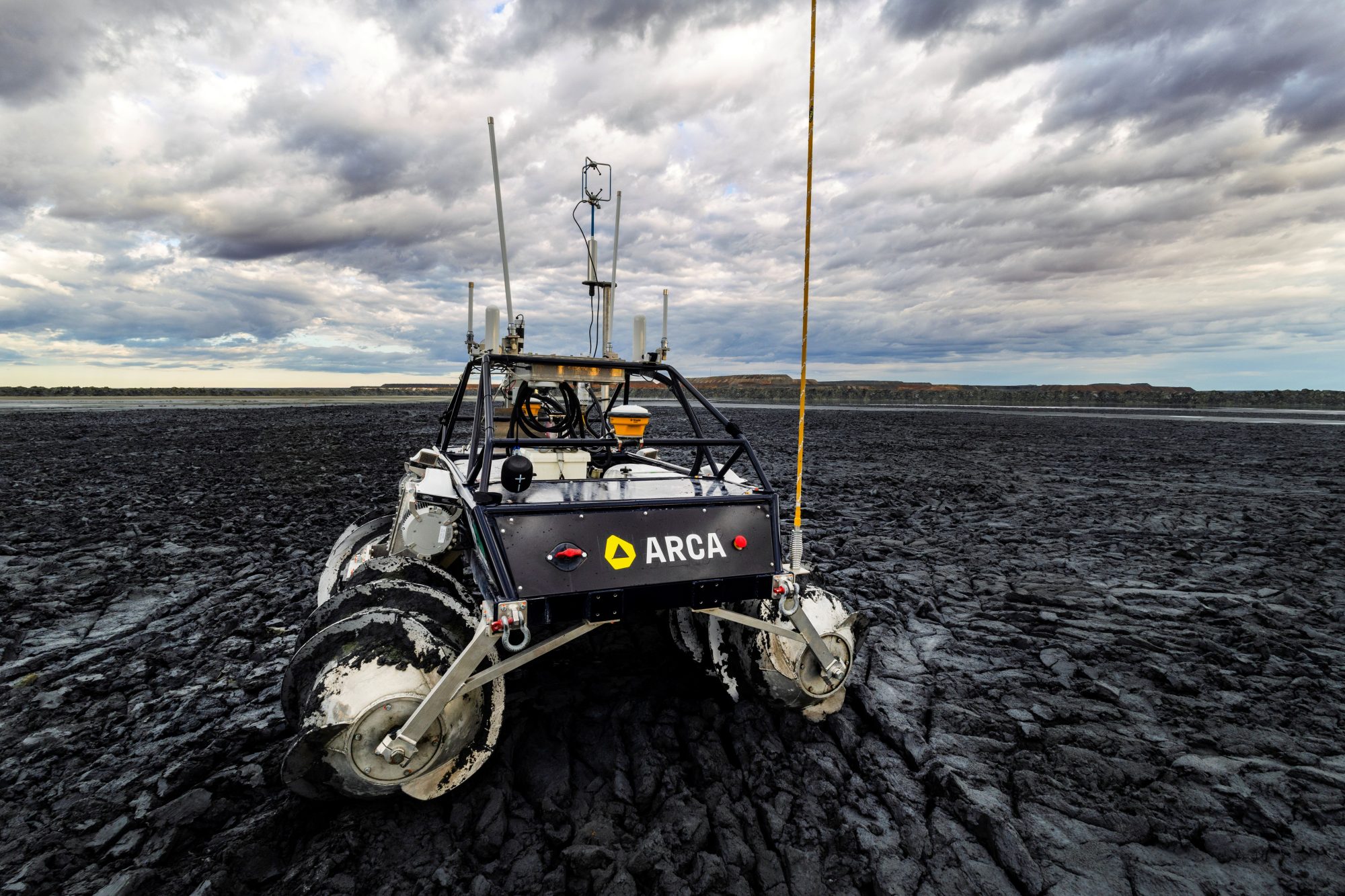A new class of durable carbon removal credit that comes with multiple co-benefits is making its way to market.
Mining companies have been exploring the potential of using waste materials to draw down atmospheric carbon dioxide for several years. Recent months have seen a burst of activity, including the release of a standard to guide the process, new deals and the completion of a successful pilot project.
The largest demonstration of the approach to date is currently wrapping up at the Mount Keith open pit nickel mine in Australia, which is run by mining giant BHP. Over roughly 18 months, a rover operated by removal startup Arca crisscrossed heaps of mine waste on the site. The rover churned the surface, exposing magnesium-rich minerals to the air and triggering a reaction that locks away CO2 in carbonate minerals that will remain stable for thousands of years.
The pilot achieved its primary goal by showing that the process could be successfully integrated into the operations of the mine, said Sean Lowrie, Arca’s head of external affairs. It also produced data that affirms the potential of mining waste to sequester CO2. Lowrie estimates that the churning caused the 40-acre site to absorb an additional 60 tons of CO2 per acre per year. The company is working on a technique, based on using microwaves to further break up the waste, which it hopes will increase that rate around a hundred-fold.
Gigaton opportunity
There are billions of tons of waste at mine sites in the U.S. alone, and several types are suitable for carbon removal. Globally, the sequestration potential of mine wastes is estimated to run to billions of tons annually — a huge number for a single drawdown mechanism given that net-zero pathways typically require tens of billions of tons of removal a year.
“Our technology is rooted in this notion that rocks have an almost unlimited capacity for durable carbon storage, at least relative to our rates of emission,” said Laura Lammers, founder and CEO of Travertine, a startup working on a removal application for mining waste.
It’s not only scale that has advocates of mining removal excited. Because mines typically have large footprints and process huge amounts of rock, there may often be limited additional environmental impact to adding infrastructure to the sites. Some removal processes can also address toxicity problems: A startup known as BAIE Minerals, for example, is developing a project in Newfoundland, Canada, that would process waste from a local asbestos mine.
In other cases, companies are attempting to integrate carbon removal into existing industrial processes to create multiple revenue streams. Travertine’s process uses sulfate mine waste to produce a calcium-rich residue that can capture CO2. But carbon removal is not the company’s sole goal: it’s process also produces sulfuric acid, a widely used chemical. This fall, the company will open a demonstration plant in upstate New York with the capacity to capture 60 tons of CO2 annually. A commercial-scale plant is slated for 2028, said Lammers.
Winsome, an Australian lithium miner, announced this January that it’s working with Arca and others to e
Read More

